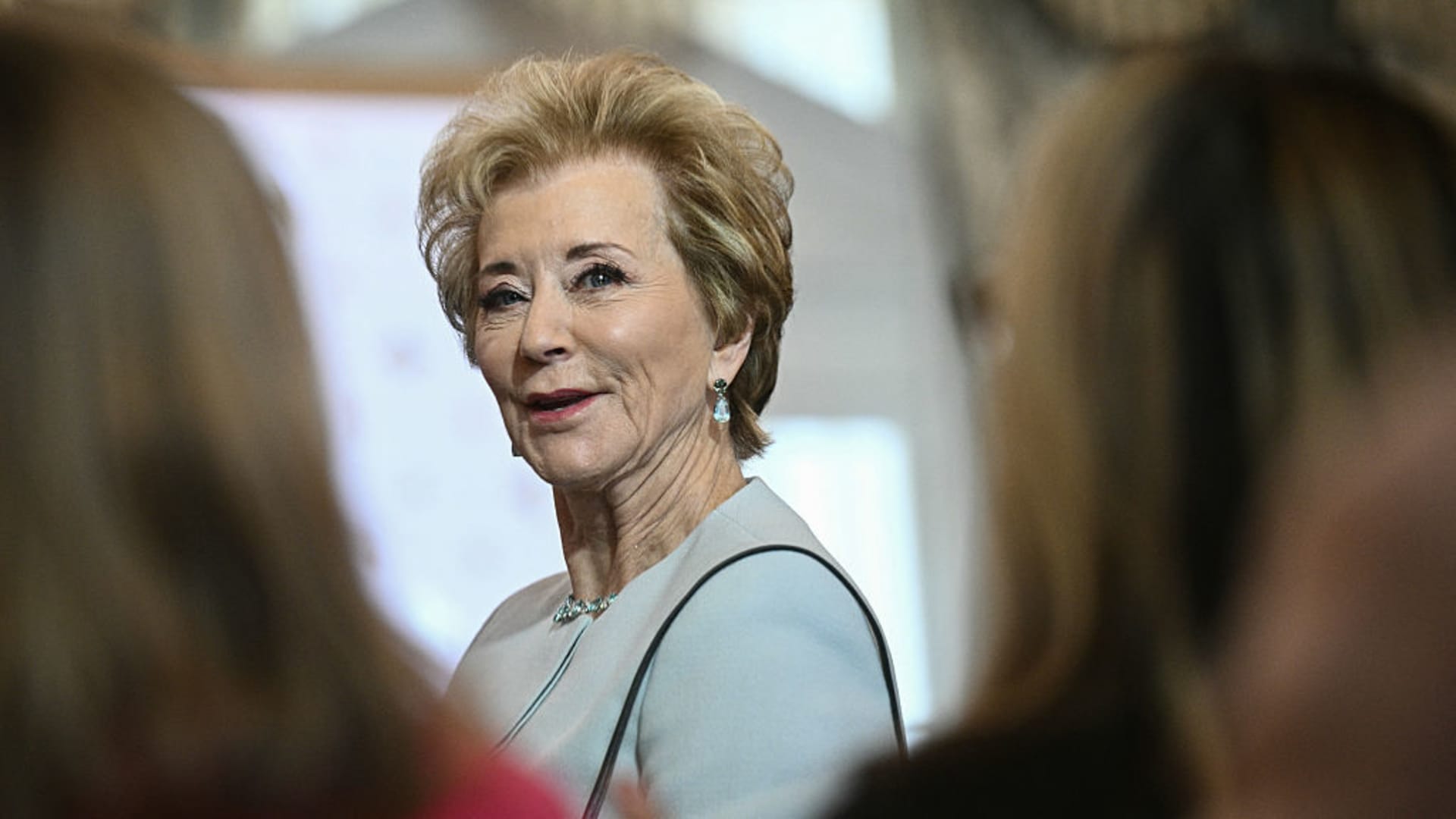Now Reading: Women and girls continue to bear disproportionate impacts of heatwaves in South Sudan that have become a constant threat
-
01
Women and girls continue to bear disproportionate impacts of heatwaves in South Sudan that have become a constant threat
Women and girls continue to bear disproportionate impacts of heatwaves in South Sudan that have become a constant threat

A woman gathers water in Juba, South Sudan. Image credit: Rod Waddington.
Intense heat has been impacting a significant area of Eastern Africa since mid-February. South Sudan has been experiencing extreme daytime temperatures, especially affecting individuals residing in inadequate housing and outdoor workers, who make up a substantial portion of the population.
Following numerous cases of children suffering from heatstroke in Juba, schools nationwide were shut down for two weeks starting on February 20. The public was advised to stay indoors and stay hydrated, presenting a major challenge for many in the country due to the lack of proper housing infrastructure, cooling systems, electricity, and access to clean water. In Juba, one-third of the population lacks access to water, and only 1% of the city offers green spaces and shade for those without cooling at home. Heatwaves are considered one of the most dangerous types of extreme weather events, impacting various aspects such as health, agriculture, infrastructure, and economic opportunities. The full extent of the death toll and other impacts may not be known until months after the event, with the current reports from South Sudan representing only a fraction of the actual impacts.
Collaborating researchers from multiple countries have analyzed the effects of human-induced climate change on the recent extreme heat in the region, particularly focusing on how it disproportionately affects women and girls. The study underlines the urgent need to enhance climate resilience, especially during occasions like International Women’s Day, which bring attention to women’s livelihoods.
The findings show that in South Sudan, gender significantly influences vulnerability, exposure, and capacity to cope with extreme heat events. Women face various challenges, including high maternal mortality rates, lower literacy rates compared to men, and limited representation in the national parliament. Women are predominantly engaged in occupations with high heat exposure and spend a significant amount of time on unpaid care work in extreme heat conditions, which can lead to severe health issues in the long term.
The impact of extreme heat extends to education, nutrition, displacement, and conflict, further exacerbating vulnerabilities, especially for women and girls. The study suggests various interventions to mitigate heat risks, including adapting school schedules, retrofitting buildings with cooling options, and providing education on recognizing heat-related illnesses. Additionally, efforts to address malnutrition, displacement, and conflict must consider the gender-specific impacts of extreme heat and climate change.
While global warming has made extreme heat events more frequent and intense, targeted interventions and adaptation strategies can help communities manage heat risks, even in conflict-affected regions. Providing access to safe water, shaded areas, and cooling spaces is crucial, along with supporting climate-resilient agricultural practices and enhancing labor protections for outdoor workers. Overall, addressing the gender and conflict dimensions of climate change impacts is essential for building resilience and reducing inequalities in vulnerable communities.






